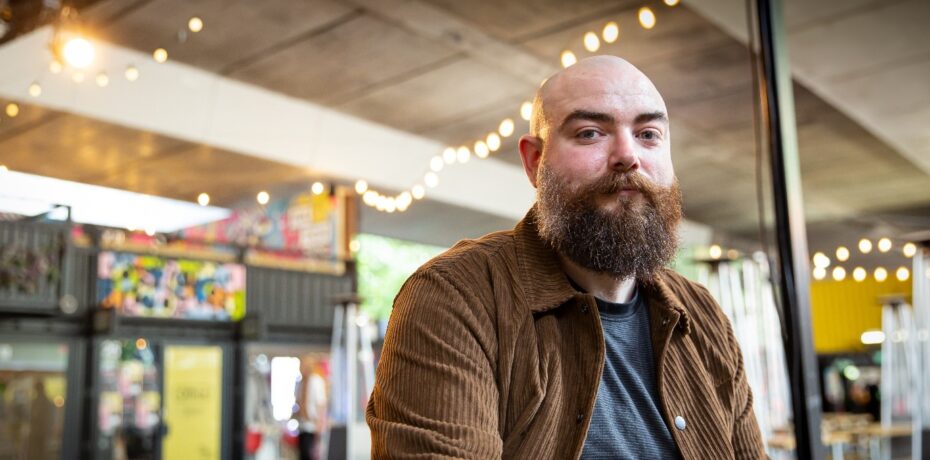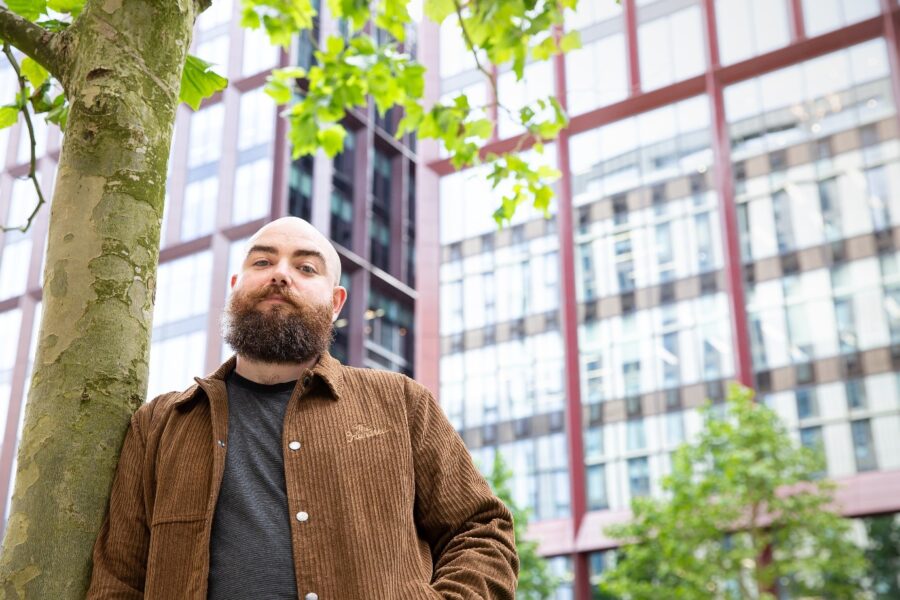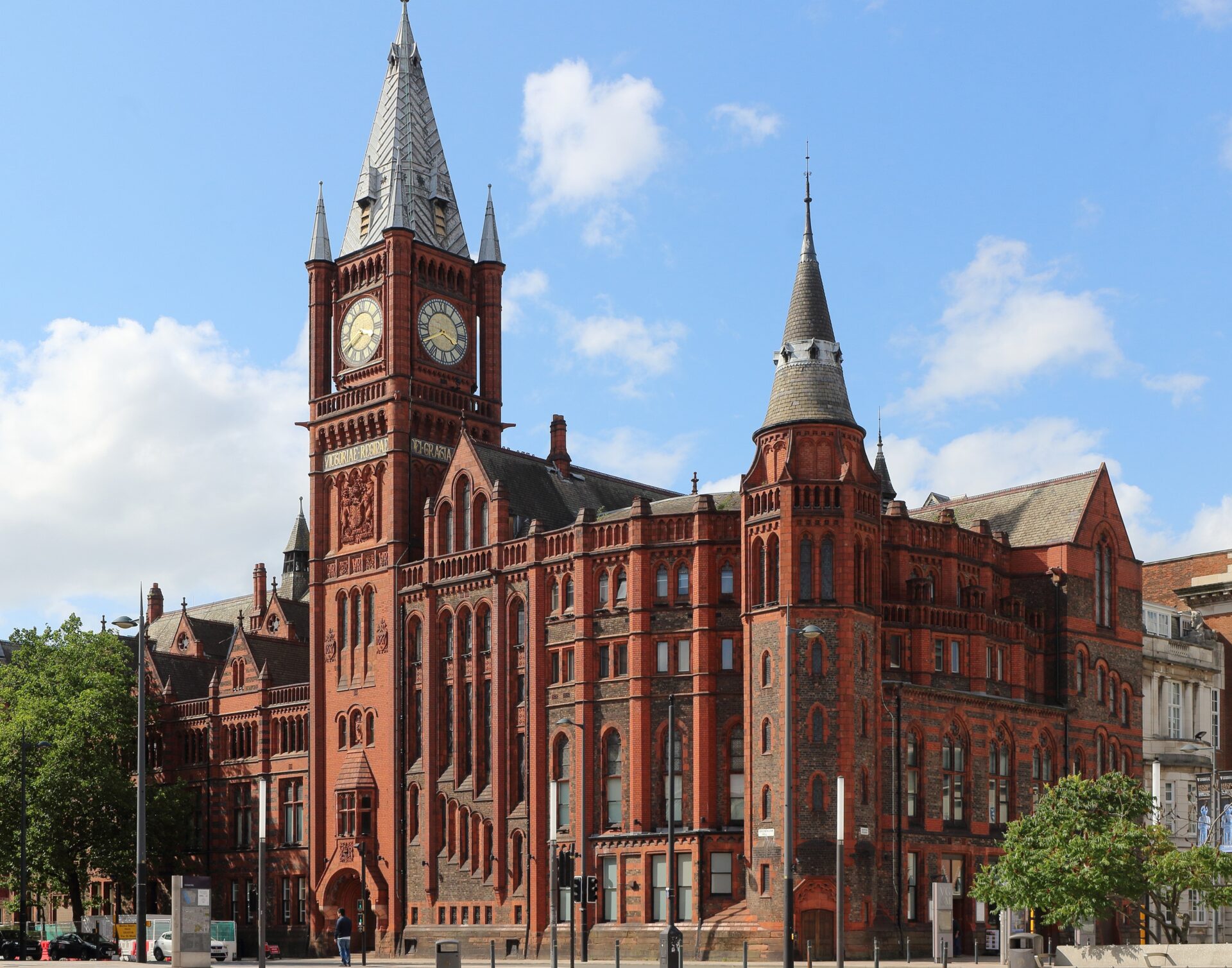Commentary
Taking control of sound environments
Wider consideration of soundscape design is essential if we’re to engineer higher value, more inclusive environments that maximise wellbeing and inspire social value, writes Eddy Goldsmith of Hydrock.
I’ve always been interested in the influential power of sound, for better or worse, in both artistic and scientific capacities.
Whether that’s the intense reverberant soundscape inside the Trafford Centre (which exhausts me in about 20 minutes!), the welcoming atmosphere in a pub, or the powerful emotional response from hearing your favourite band perform live.
While these perceptions are deeply personal, there’s no denying a given soundscape can enhance or detract from the user experience in the most profound ways.
Defined as the ‘acoustic environment as perceived or experienced and/or understood by a person/people, in context’, a soundscape not only encapsulates the character and quality of sound but also the social and cultural setting, together with the individual understanding of the sound.
There’s one British Standard (BS ISO 12913) dedicated to defining and characterising existing soundscapes and even some references to soundscape in national and local guidance documents. However, for the most part, we have yet to see these aspirations habitually materialise in the design philosophy of strategic masterplanning.
Maybe that’s because not everyone in the industry, even fellow acousticians, feels quite so strongly about the use of soundscape principles during the design of future communities, as it’s difficult to assign a measurable or monetary value to the impact they have on people.
But hear me out. If we want to create high-quality developments that genuinely serve local people way into the future, we need a change in focus. We need to shift concern from basic health, which should be considered a human right rather than a design aspiration, to psychological needs for collective wellbeing. Soundscape is a significant part of that puzzle.
Lots of studies support the importance of soundscapes. The School of Architecture at the University of Sheffield carried out research in two urban squares in Sheffield to test whether sound would influence the perception of a public space with no particular aesthetic and social dimension. Measuring objective responses, the study suggested more cohesive, desirable public spaces are created by manipulating the existing sound environment.
In healthcare, the stakes suddenly become a lot higher. Patients in general wards can often be exposed to excessive levels of noise and activity, which is a big stressor that can cause anxiety, lead to depression, and ultimately result in extended recovery periods. This is something our team has been looking deeper into. We are working with Alder Hey Children’s NHS Foundation Trust on studies exploring noise in operating theatres and intensive care units.
Extended recovery means higher running costs, lower capacity and an undermining of the driving force of healthcare. For purpose-built facilities such as hospitals, it’s remiss that soundscape design isn’t considered a key component of function. With the planned spend for the Department of Health and Social Care in England for 2021/2022 reported as being £190.3bn, I’d suggest this demands some deeper reflection.
For people with hypersensitivity to sound, common to around 700,000 people in the UK with autism, even everyday sounds can be overwhelming. Imagine a world full of unyielding thuds and clangs. In SEN schools, seemingly benign sounds can be incredibly disruptive to communication ‒ the primary function of a classroom.
Or in prisons where prisoners often have no choice but to listen to their neighbours going to the toilet every day, and sound is often weaponised when someone wants to make a point. There, unlike for many of us, the answer isn’t as straightforward as to retreat to the comfort of home.
An extraordinary report emerged about Buckley Hall Prison in Rochdale which experienced a dramatic fall (50%) in violence after issuing foam earplugs to help inmates get a peaceful night’s sleep. This became the catalyst for our team to explore what prisons would look like designed from the ground up and, specifically, tailored to support rehabilitation, reduce self-harm and potential violence.
The annual £18bn cost of re-offenders in our prison system is a major challenge. In response to this, a variety of initiatives are being explored to reduce this issue, which, in turn, will have a long-term positive impact on ex-offenders, their families and our communities.
Our acoustics team are currently working to help the Ministry of Justice preserve rehabilitation rates at one of the UK’s exemplar prisons, over the course of the construction of an adjacent new prison, part of the £4bn new prison programme. As part of our role, we’re engaging directly with psychologists, management staff and residents of the prison, and providing a bespoke service to protect the fundamental functions of the facility.
Our scope includes looking at psychoacoustic criteria likely to result in disruption at the facility, providing workshops and auralisations (sound demonstrations) for residents, and formulating a bespoke acoustic management strategy including soundscape interventions.
While many prisoners enter custody with serious undiagnosed mental health needs, there’s evidence from research that being in prison can exacerbate experiences of trauma and mental illness.
Some will highlight that locking prisoners in cells all day solves nothing and that our prisons should be built on a respectful human-centric foundation of happy employees cultivating good relationships with the people in their care. While this might not pass in the tabloids, good building design centred around wellbeing is critical if we actually want higher rates of rehabilitation.
As integrated engineering design consultants, we recognise that soundscape, air quality, lighting, and human movement feed into the functionality and sustainability of our built environment. Providing a holistic approach is greater than the sum of its parts.
This principle should be the bedrock that guides the design of our future communities, beyond just bricks and mortar.
- Eddy Goldsmith is a soundscape specialist and associate in Hydrock’s Acoustics team in Manchester.








Great piece Eddy, very interesting
By Jason Bradley
An extraordinary piece highlighting the importance of correlating considering sound environments to wellbeing, and the tangible outcomes that can be achieved if we dare to think differently. Well done mate.
By Lewis Stonehouse
Great article Eddy
By Nick A
Very insightful!
By JT
This is a really interesting piece. So many points I have never heard of or come across before!
By Anonymous